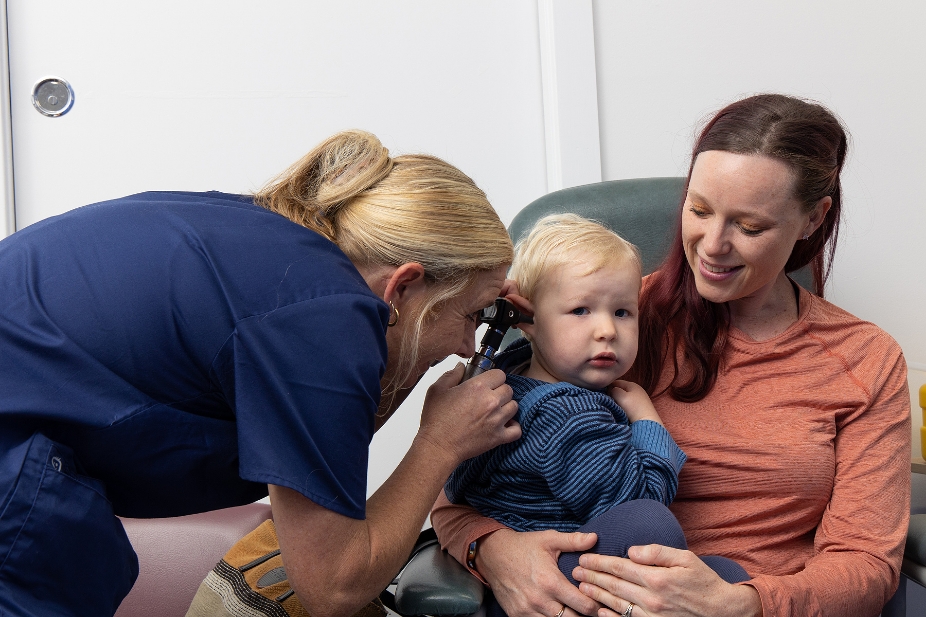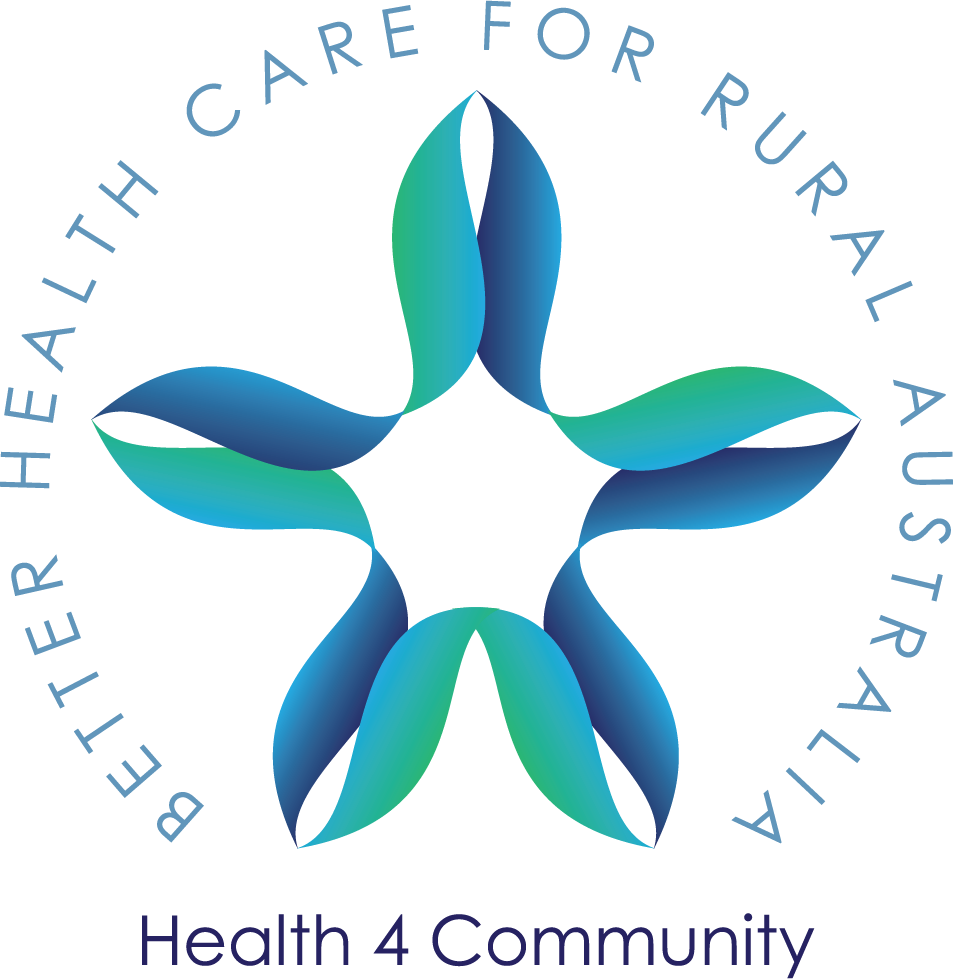Young children commonly spike fevers (body temperature more than 38°C) with even mild illness, but how do we know if it’s something more serious, and what do we need to do about it?
A fever is part of the body’s immune reaction from an inflammatory response – usually due to infection. This is usually due to a virus, but sometimes due to bacteria.
Treat the Misery, not the Number!
The fever itself does not require treatment, but we all know that it can feel horrendous to have a high temperature. If kiddo is miserable or in pain, it is good to offer simple pain relief such as paracetamol and/or ibuprofen which are very effective in bringing down fever and pain in children. That said, some littlies happily run around with very high temperatures, in which case there is no need to treat. Likewise, it is not necessary to wake a sleeping child to give medication for a fever.
The fever itself is not dangerous, but there are certain red flags we need to look out for and seek urgent medical attention.
- Lethargy – it is normal for young children to be a bit “off” and low on energy, but they should still perk up in between fevers, and always be rousable and responsive. If your child becomes floppy and less reactive your voice or touch, this is cause for immediate concern and they should be seen quickly.
- Breathing difficulty – children, especially babies and toddlers, can mask breathing problems well, so it’s important to know what to look for. Always expose their chest and tummy to assess their breathing. LOOK for “sucking in” of the skin between and below the ribs and above the collar bone with inspiration (breathing in). LISTEN for noisy breathing, in either inspiration or expiration – this may be a high-pitched expiratory wheeze in asthma, or a low-pitched inspiratory stridor in croup. If you are unsure, it’s best to have them reviewed by a doctor. Rapid breathing often accompanies a fever for a short time, but any prolonged rapid breathing should also be reviewed.
- Dehydration – when littles are sick, they often eat and drink less. It’s fine for them to go a few days without eating much at all, but the same cannot be said for drinking! Signs of dehydration are
– dry lips/mouth/tongue
– reduced urine output – less than half of usual nappy weight/number is concerning
(or dark coloured urine)
– sunken eyes (and sunken fontanelle in very young babies) and absent tears with crying
– floppy, irritable or confused behaviour - Stiff neck/headache or light sensitivity – these can be signs of meningitis, which is a rapidly progressing infection affecting the spaces surrounding the brain and should be acted upon quickly.
- Fever for > 5 days with no obvious source – If a child has a fever for a prolonged period, but no other symptoms (such as a cough, runny nose or gastro symptoms), it’s important we go looking for treatable infections, such as UTI (urinary tract infection), ear infection or walking pneumonia – to name a few. Your GP will perform a thorough examination and order tests as necessary.
- Fever in a baby less than 12 weeks old – THIS IS AN EMERGENCY AND REQUIRES IMMEDIATE PRESENATION TO AN EMERGENCY DEPARTMENT.
- PARENT OR CARER CONCERN – last but definitely not least. Trust your instincts – you know your child better than anybody. If you feel that something isn’t right, even if they don’t have any of the above signs or symptoms, you should have them seen by a doctor sooner rather than later. As GPs we would much rather examine and reassure a thousand times, than delay medical care for a sick child.
For more information on fever in kids see this Royal Children’s Hospital Fact Sheet



